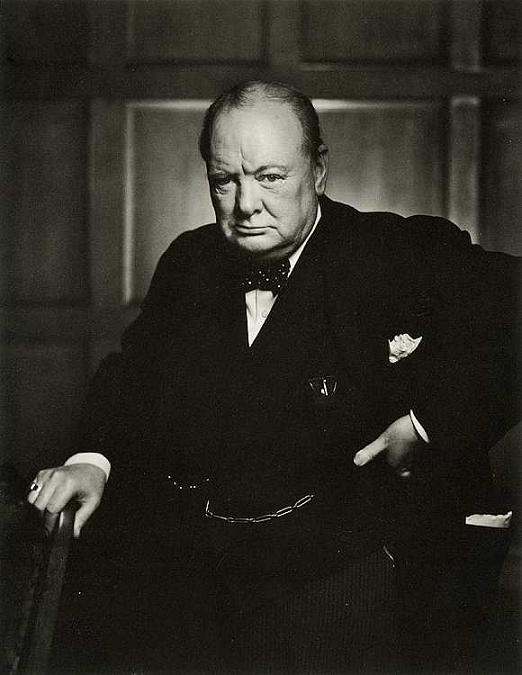By Plinio Corrêa de Oliveira
In today’s society, at least as it pertains to the natural aging process, “young” is “in”—“old” is “out.” Everyone wants to appear young.
There is a strange anomaly here. While it is fashionable to collect antiques and even vintage automobiles, a deep-rooted sentiment of displeasure exists among those for whom old-age is still far distant. For women and men alike, even the appearance of “looking older” is to be avoided at all costs.
Do you doubt it? Look around you and perhaps at yourself.
Nowhere is this “ageless” phenomenon more evident than in the field of women’s cosmetics. Not only is the intent to reduce the appearance of age as much as the implacable march of time will permit but to halt this process somewhere around the adolescent years. With men, hair coloring becomes the elixir of a youthful appearance.
This need to be “young” spills over into clothing styles and colors, attitudes, gestures, language, topics of conversations—everything is explored and exploited to maintain this impression of eternal youth. More and more, the typical clothing for the mature age—conservative styles and discreet colors—have been replaced by the sporty look, bright colors and bold lines.
This look is more evident at the beaches or tourist havens where one can find serious professors, well-known politicians, shrewd bankers and business people dressed exactly like their grandchildren: barefoot with shirts and shorts more suited for toddlers than for those so close to the age of tottering. Their hairy arms and bony legs belie the wry smiles on their aged faces and the artificial brightness forcibly maintained in the tired eyes. In every aspect one can see the tremendous effort necessary to hide an age that pertinaciously attest itself, affirms itself, proclaims itself throughout all their pores.
Why is this so? Above all, because the pagan men of our time live for pleasure—and the age for pleasure par excellence is youth. This is true at least for those who do not understand that youth, as a certain author wrote, was not made for pleasure but for heroism.
There is more, yet. While old age can represent the fullness of the soul, it most certainly shows the decadence of the body. Now, since modern man is a materialist shutting his eyes to everything spiritual, the course of aging naturally causes him horror.
In reality, however, if a man knew during his lifetime how to grow not only in experience but in penetration of spirit, in common sense, in strength of soul and in wisdom, his mind would acquire in old age a splendor and a nobility that would shine in his face and would be the true beauty of his latter years. His physique might suggest a reminder of the closeness of death, but in compensation his soul would emit sparks of immortality.
 A memorable example of all this in our century was Winston Churchill to whose intelligence shining with lucidity, to whose iron will a great people entrusted the most arduous of tasks—to restore a decadent empire.
A memorable example of all this in our century was Winston Churchill to whose intelligence shining with lucidity, to whose iron will a great people entrusted the most arduous of tasks—to restore a decadent empire.
The first picture shows him at age 34. He is indisputably a very handsome, intelligent man on his way up. However, not even his gaze has the profundity, nor his bearing the assurance, nor his countenance the Herculean strength of the photograph of Churchill in his old age shown in the second picture.
His youth is undoubtedly gone and elegance along with it. His soul, though, grew while time implacably marked his body. This soul, by itself, was the column upon which an entire empire rested. In the mere natural order, this is the glory and beauty of old age.
How much fuller and more decisive these commentaries would be if we were to consider the supernatural aspects of the matter.
Ambiences, Costumes, Civilizations, “Catolicismo” Number 12; December 1951. Also, reprinted in TFP Newsletter, Vol. 5, #9, 1991.









